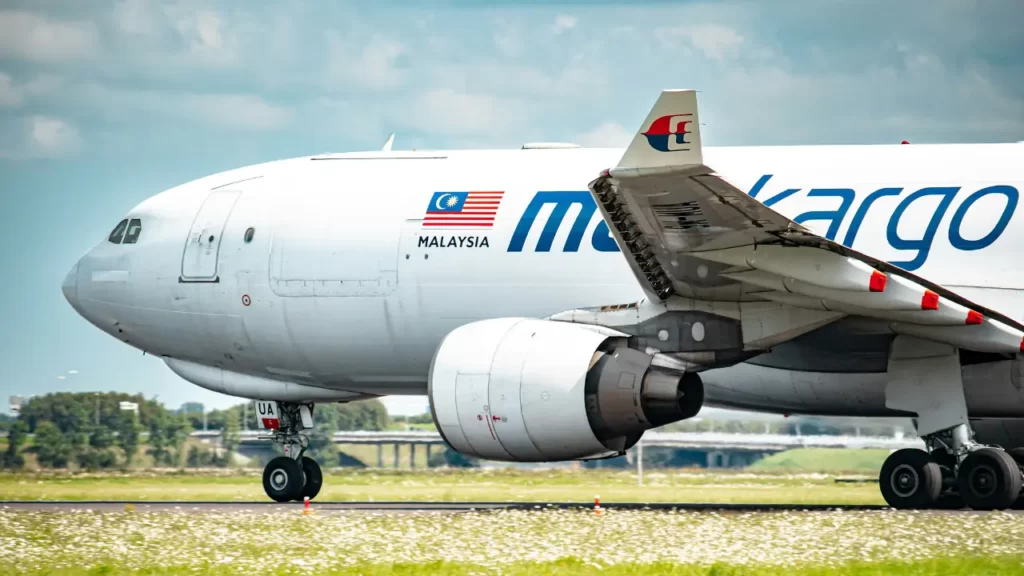
Malaysia Airlines Overview:
Malaysia Airlines is the national flag carrier of Malaysia and one of the country’s largest airlines. Operating since 1947, Malaysia Airlines has played a crucial role in connecting Malaysia with the world. Here’s an overview of Malaysia Airlines:
Table of Contents
Founding and Early Years (1947):
Malaysia Airlines, originally known as Malayan Airways, was founded on October 12, 1937. It began operations in 1947 with domestic services. Over the years, the airline expanded its routes and became a key player in the region.
Nationalization and Malaysia-Singapore Airlines (1972):
In 1972, the airline underwent nationalization and was renamed Malaysia Airlines. It also became the national carrier following the separation of Malaysia and Singapore. The two countries had jointly operated Malaysia-Singapore Airlines before the split.
Expansion and Fleet Modernization (1980s-1990s):
Malaysia Airlines expanded its international reach in the 1980s and 1990s, establishing itself as a major player in the global aviation industry. The airline also focused on modernizing its fleet with the introduction of new aircraft.
Golden Club Class and In-Flight Services (1990s):
Malaysia Airlines introduced the Golden Club Class in the 1990s, offering enhanced services for premium passengers. The airline gained a reputation for its quality in-flight services, including its inflight entertainment and cabin amenities.
Enrich Frequent Flyer Program:
Malaysia Airlines operates the Enrich frequent flyer program, allowing passengers to earn miles for flights and redeem them for various benefits, including free flights, upgrades, and other travel-related services.
Asian Financial Crisis (1997-1998):
Malaysia Airlines faced challenges during the Asian financial crisis in the late 1990s. The economic downturn in the region affected the airline’s financial performance, leading to restructuring efforts.
Rebranding and Turnaround (2000s):
Malaysia Airlines underwent a rebranding in the early 2000s to enhance its image and improve competitiveness. The airline implemented turnaround strategies to address financial challenges and improve operational efficiency.
MH370 and MH17 Tragedies (2014):
Malaysia Airlines faced unprecedented challenges in 2014 with the disappearance of Flight MH370 and the downing of Flight MH17. The events were tragic and had a significant impact on the airline’s reputation and operations.
Recovery Efforts and Restructuring (2015 Onward):
Malaysia Airlines initiated recovery efforts and underwent restructuring to overcome the impact of the tragedies. The airline implemented measures to improve its financial position and enhance safety and operational efficiency.
Oneworld Alliance Membership (2013)
Malaysia Airlines joined the Oneworld alliance in 2013, strengthening its global network through partnerships with other member airlines. This alliance membership allows for code-sharing and shared facilities, enhancing connectivity for passengers.
Fleet Renewal and Modernization
Malaysia Airlines embarked on a fleet renewal program, introducing more fuel-efficient and modern aircraft to its fleet. This initiative aimed to improve operational efficiency and reduce environmental impact.
COVID-19 Pandemic Response (2020s)
Like other airlines, Malaysia Airlines faced challenges during the COVID-19 pandemic. The airline implemented safety measures, adjusted its flight schedules, and followed health protocols to navigate the impact of the global crisis on air travel.
Malaysia Airlines History

Foundation as Malayan Airways (1937):
Malaysia Airlines traces its origins to Malayan Airways, which was founded on October 12, 1937. The airline’s early focus was on domestic air travel within the Federation of Malaya.
World War II Impact and Post-War Resumption (1940s):
During World War II, Malayan Airways’ operations were suspended. After the war, in 1947, the airline resumed services with its first post-war flight from Singapore to Kuala Lumpur.
Nationalization and Renaming (1972):
In 1972, the Malaysian government decided to nationalize the airline, leading to the establishment of Malaysia Airlines. This move marked the end of Malaysia-Singapore Airlines, a joint venture between Malaysia and Singapore.
Rapid Expansion (1980s):
Malaysia Airlines experienced significant growth in the 1980s, expanding its route network to cover more international destinations. The airline’s reputation for quality service and safety began to solidify during this period.
Fleet Modernization (1980s-1990s):
The 1980s and 1990s saw Malaysia Airlines modernizing its fleet with the introduction of newer and more efficient aircraft, including the Boeing 737 and Airbus A330.
Golden Club Class and In-Flight Services (1990s):
Malaysia Airlines introduced the Golden Club Class, providing premium services for business class passengers. The airline became known for its high-quality in-flight services, offering a range of amenities to enhance the passenger experience.
Asian Financial Crisis (1997-1998):
Malaysia Airlines faced financial challenges during the Asian financial crisis in the late 1990s. The economic downturn in the region affected the airline’s profitability, leading to restructuring efforts.
Rebranding and Corporate Turnaround (2000s):
In the early 2000s, Malaysia Airlines underwent a rebranding effort to enhance its image and competitiveness. The airline implemented turnaround strategies, including cost-cutting measures and route optimization.
MH370 and MH17 Tragedies (2014):
In 2014, Malaysia Airlines faced two major tragedies. Flight MH370 disappeared en route from Kuala Lumpur to Beijing, and later that year, Flight MH17 was shot down over Eastern Ukraine. These incidents had a profound impact on the airline.
Restructuring and Recovery (2015 Onward):
In the aftermath of the tragedies, Malaysia Airlines underwent significant restructuring. The airline received financial support from the Malaysian government, and efforts were made to rebuild the brand and improve operational efficiency.
Oneworld Alliance Membership (2013):
Malaysia Airlines joined the Oneworld alliance in 2013, enhancing its global connectivity through partnerships with other member airlines.
Fleet Renewal and Modernization:
Malaysia Airlines embarked on a fleet renewal program, introducing more fuel-efficient aircraft to enhance operational efficiency and reduce environmental impact.
COVID-19 Pandemic Response (2020s):
Like many other airlines, Malaysia Airlines faced challenges during the COVID-19 pandemic. The airline implemented safety measures, adjusted its flight schedules, and navigated the impact of the global crisis on air travel.
Malaysia Airlines continues to be a key player in the aviation industry, connecting Malaysia with a global network. The airline’s history reflects periods of growth, challenges, and recovery efforts as it strives to maintain its position in the competitive airline market. Please note that developments may have occurred since my last update in January 2022.
